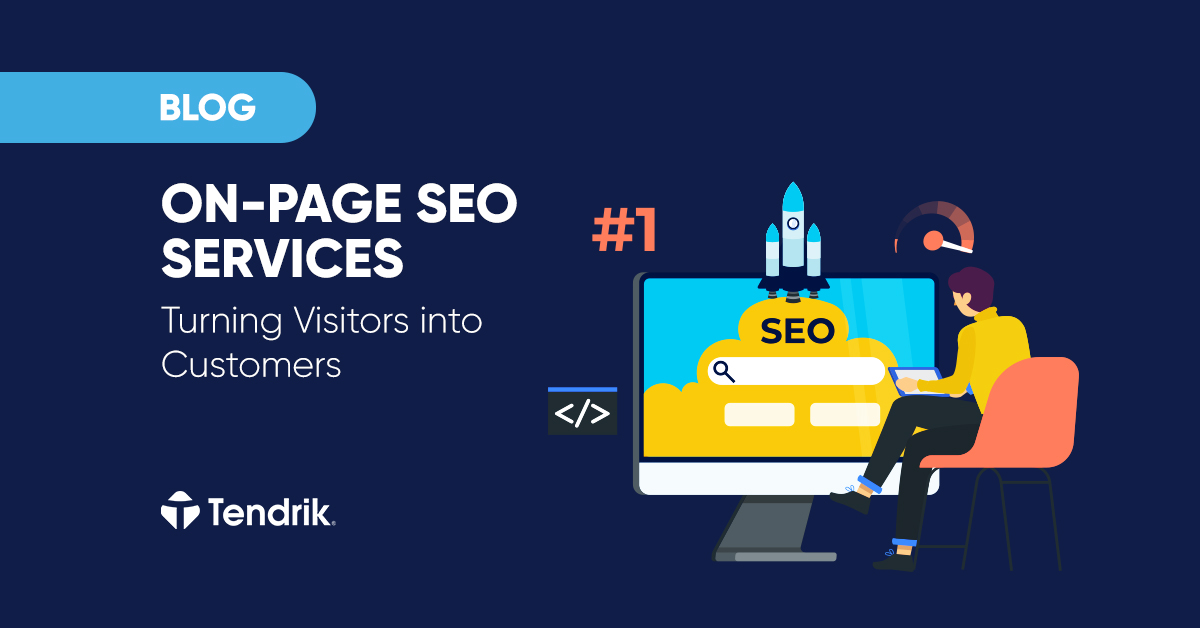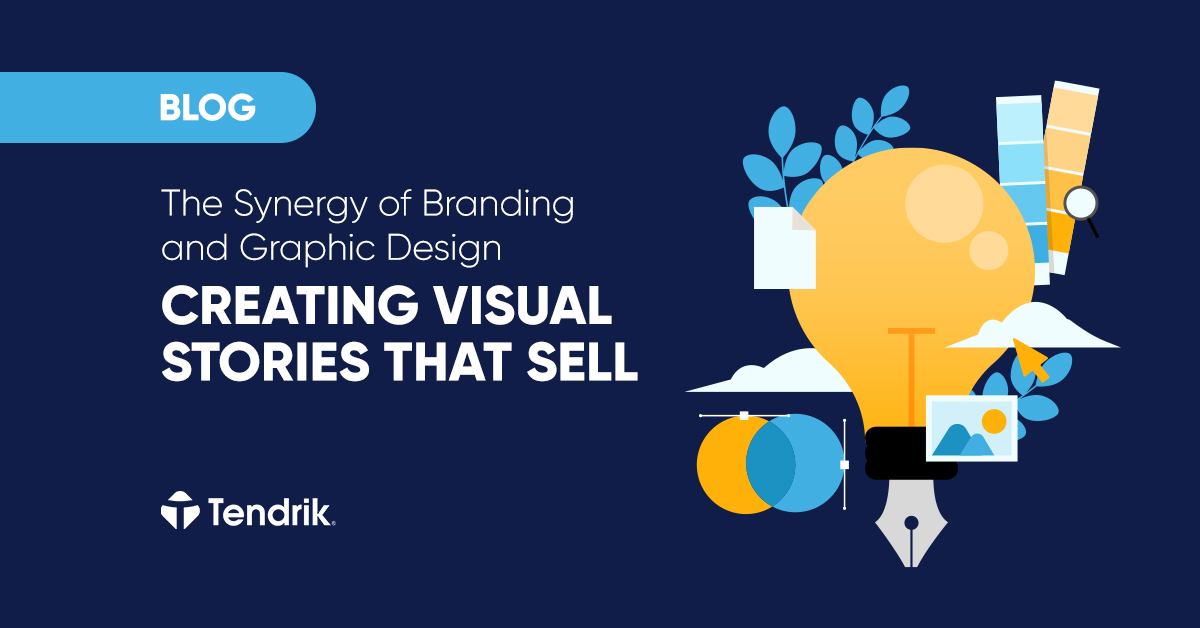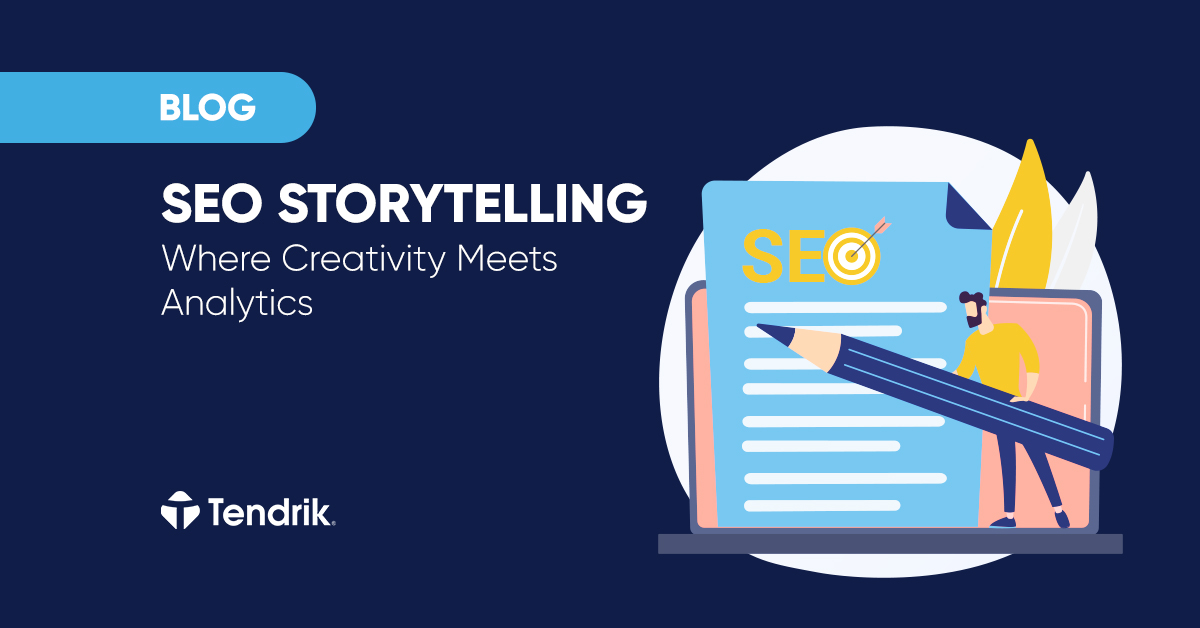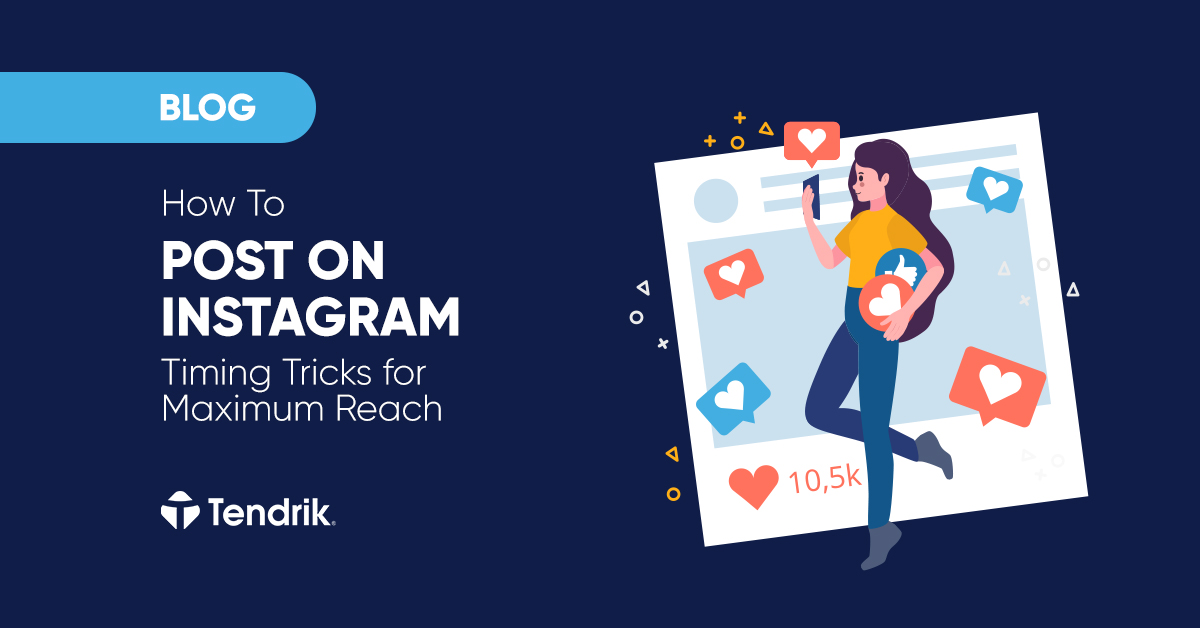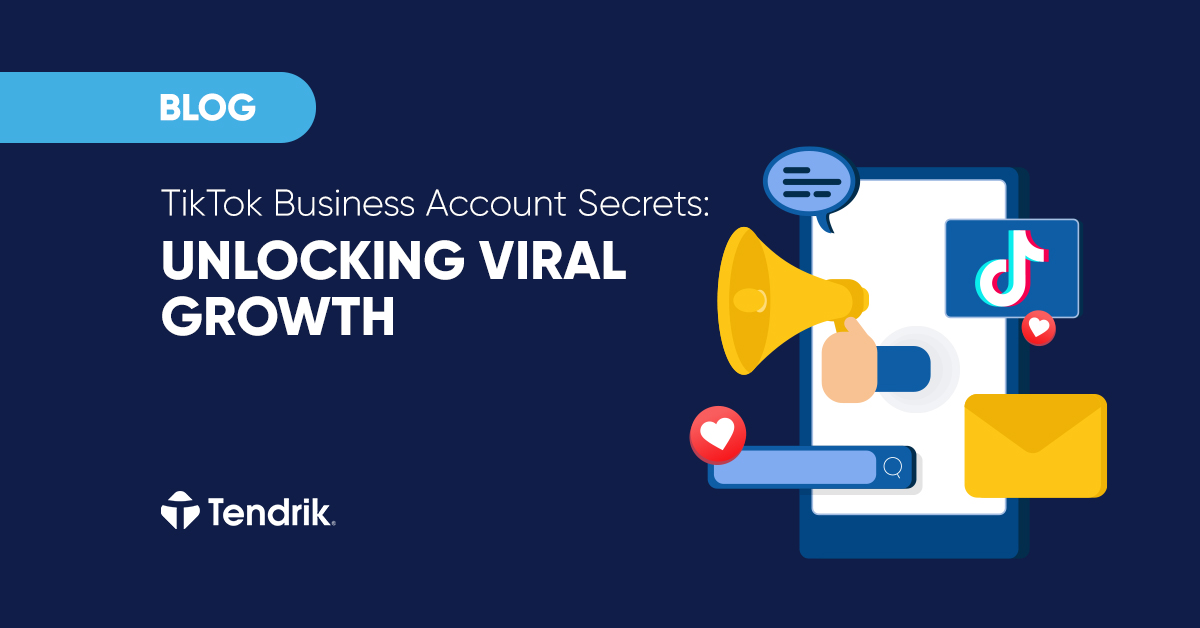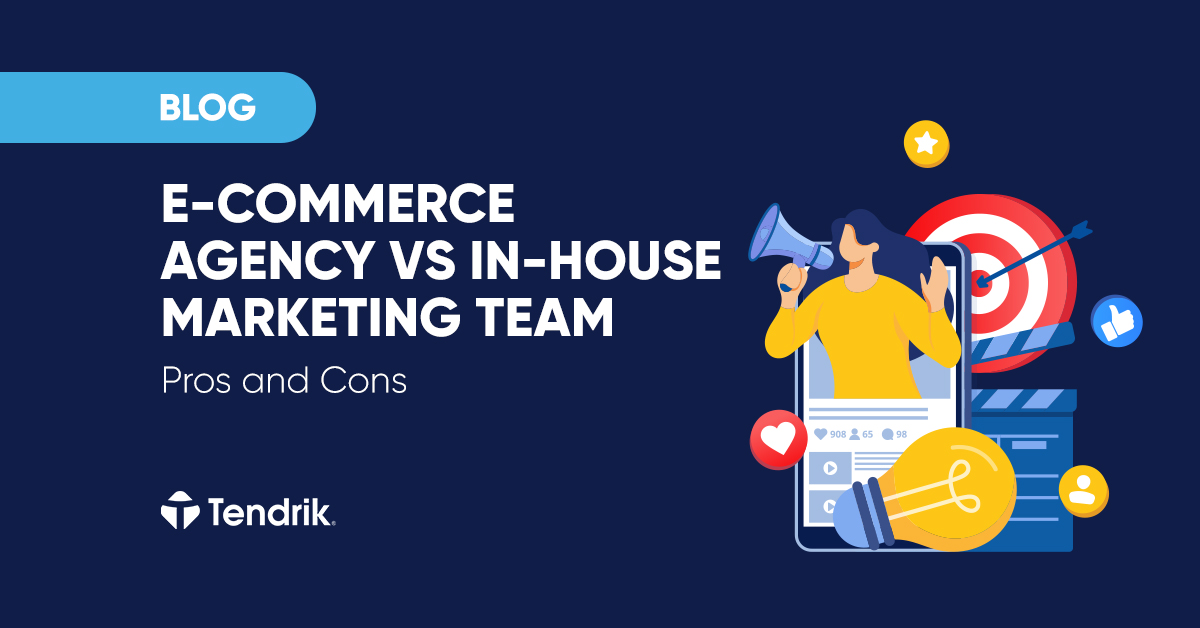In digital marketing, choosing where to allocate your advertising budget is a critical decision. Among the most powerful options, Google Ads and Facebook Ads consistently lead the conversation. Each platform brings distinct strengths in targeting, user engagement, and campaign structure, but understanding which one aligns best with your business objectives requires a closer look at how they perform and what they offer.
This article explores the key differences between the two advertising platforms, examining how they function, where they excel, and how you can leverage each to maximize your brand’s online visibility, conversion rates, and return on ad spend (ROAS). Whether you’re a marketing manager aiming to improve campaign performance or a business owner seeking clarity on where to start, this guide is your go-to source for making a strategic decision between Google and Facebook Ads.
What Are Google Ads and Facebook Ads?
Understanding how each ad platform functions is essential before diving into comparisons. Although both are designed to help businesses advertise online, their core mechanics and use cases are significantly different.
Google Ads: High-Intent, Search-Driven Advertising
Google Ads (before Google AdWords) is Google’s online advertising solution that allows businesses to place their ads across Google’s vast ecosystem, including search engine results, YouTube, the Google Display Network, Google Maps, Gmail, and more. What sets Google Ads apart is that it is primarily driven by search intent, meaning users are actively seeking something specific when they encounter your ad.
For example, if someone types “emergency dentist near me” into Google, that person is expressing a clear intent to find and use a dental service immediately. Your Google ad can appear at the top of those search results, precisely when the user is ready to act. This makes Google Ads particularly effective for bottom-of-funnel marketing, where conversions are the goal.
Google Ad offers different formats, including paid search ads, shopping ads, display ads, and YouTube video ads, each catering to specific objectives – from awareness to purchase.
Facebook Ads: Engagement-Driven, Audience-Centric Campaigns
On the other hand, Facebook Ads operate within a different user behavior model. Rather than targeting people based on what they are searching for, Facebook ads are delivered based on user demographics, interests, online behavior, and previous interactions. In other words, Facebook doesn’t wait for someone to search. It proactively serves ads to users it believes might be interested.
This makes Facebook advertising particularly powerful for building brand awareness, creating demand, and engaging users who may not yet know they need your product or service. The platform allows advertisers to run campaigns across Facebook, Instagram, Messenger, and the Audience Network.
Using Facebook’s robust data, you can narrow your audience by age, gender, location, occupation, hobbies, shopping behavior, and even life events like weddings or moving. For marketers, this means unparalleled precision when building an ad campaign.
Key Differences Between Google Ads and Facebook Ads

While both options offer paid digital advertising opportunities, they are designed for different purposes. Here are the core differences between the two advertising platforms and why understanding them matters.
1. Intent vs Discovery
Google Ads are driven by search intent, meaning users are already interested in the product or service you’re offering. If a user searches for “best electric bikes under $1000,” they’re likely considering a purchase. When your Google search ad appears at that exact moment, you’re tapping into hot leads.
Conversely, Facebook Ads function more as a discovery engine. Users on Facebook and Instagram aren’t necessarily looking to make a purchase. They’re there to socialize, consume content, or be entertained. Your ad appears alongside personal content, grabbing attention through compelling visuals or emotional messaging. This doesn’t mean the audience isn’t valuable – it just means they are typically higher in the funnel.
2. Targeting Capabilities
Both platforms offer advanced targeting, but they differ in focus. Google Advertising allows targeting based on:
- Keywords;
- Search queries;
- Geographic location;
- Device type;
- Time of day;
- Audience interests (via custom segments).
Meanwhile, Facebook Ads go deeper into user behavior and demographic data. With Facebook, you can create audiences based on:
- Life events (e.g., recently engaged, moved cities);
- Facebook page likes and interests;
- Browsing behavior on and off Facebook;
- Engagement with past ads or posts;
- Lookalike audiences modeled on existing customers.
3. Ad Formats and Creative Flexibility
Google Ads primarily uses text-based ads, though its Display and Shopping networks allow for images and product feeds. These ads are typically straightforward and focused on delivering a clear CTA.
Facebook Ads, by contrast, are known for their creative flexibility. You can run:
- Image or video ads;
- Carousels;
- Stories;
- Reels;
- Interactive lead forms.
This format diversity makes Facebook ads highly engaging and effective for storytelling, visual branding, and retargeting.
Which Platform Offers Better Conversion Rates?
When it comes to conversion, the answer depends on several factors: your industry, offer, funnel strategy, and ad quality. However, we can break it down by intent.
Google Ads tend to have higher conversion rates because they reach users at the point of decision-making. Someone searching for “buy protein powder online” is more likely to click and buy right away. That’s why ppc advertising is often the go-to choice for businesses looking for fast, transactional results.
Facebook Ads, while powerful, generally serve users who are in the research or discovery phase. This can result in lower immediate conversion rates, but Facebook ads are often better at building long-term customer relationships and nurturing leads over time. The use of retargeting, video views, and engagement campaigns helps pull users deeper into the funnel, increasing the chance of a future conversion.
Which Platform is More Budget-Friendly?
From a cost standpoint, many advertisers find that Facebook ads may be more budget-friendly, especially for top-of-funnel campaigns. The cost per click (CPC) on Facebook tends to be lower, averaging between $0.50 and $2.00, depending on the industry.
Google Ads, particularly in competitive niches like law, insurance, or finance, can easily cost $10–$50 per click for high-intent search requests. However, that higher CPC often comes with a higher conversion rate, which may justify the cost if you’re targeting buyers ready to act.
Another consideration is your advertising budget. If you’re running awareness campaigns or have a limited budget, starting with Facebook Ads can be a strategic way to build visibility and then later drive more user actions with Google Ads.
Understanding the Advantages of Google Ads: Best Practices and When to Use It
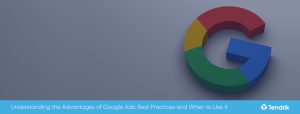
To get the most out of Google, you need to structure your Google ad campaign properly. The search network is ideal for demand capture – you appear when users are actively searching. Use precise keywords, include clear CTAs, and align your landing page with the ad message.
The display network is great for retargeting and awareness. This includes banner ads that follow users across the internet, reminding them of your product or service. YouTube ads – part of the display network – offer a fantastic way to engage users with video content.
Google ads may outperform other platforms when you’re targeting users with strong purchase intent or promoting time-sensitive offers. Their ability to match ads to exact search queries makes them ideal for driving immediate traffic and conversions.
Google also allows the use of shopping ads, which are extremely effective for e-commerce businesses. These ads display product images, prices, and reviews directly in the Google search results, making it easier for users to make purchasing decisions.
Understanding Facebook Ads: How to Maximize Impact?
Compared to Google, for Facebook Ads, creativity and storytelling are key. Because users are not in “buy mode,” your Facebook ad needs to disrupt the scroll. Compelling visuals, short videos, emotional storytelling, and social proof are powerful tools here.
Campaign structure matters. Start with a cold audience using broad interests or lookalikes, then retarget users who engaged with your video, visited your website, or interacted with your Instagram page.
The goal is not just to drive clicks, but to build trust and familiarity. Facebook ads are better at creating brand preference, especially when combined with Instagram ads or Messenger campaigns for real-time engagement.
Google Ads vs Facebook Ads: Choosing the Right Platform for Your Goals
When deciding between Google Ads and Facebook Ads, your decision should be based on your marketing goals, the stage of your sales funnel, and your audience’s behavior.
Use Google Ads if:
- You offer services or products with clear search demand;
- Your audience is actively looking for a solution;
- You want immediate purchases;
- You have a higher cost per budget but seek higher ROI.
Use Facebook Ads if:
- You’re launching a new product or brand;
- You need to educate or engage a new audience;
- Your product benefits from storytelling or lifestyle marketing;
- You’re building an email list, community, or long-term funnel.
In many cases, the smartest option is to run campaigns on both platforms – one to build demand and another to capture it.
Final Takeaways
Understanding Google Ads and how it compares to Facebook’s ad capabilities is essential for choosing between the platforms with confidence.
- Google Ads captures users with high search intent, offering high conversion potential for transactional goals.
- Facebook Ads build engagement, emotional connection, and are ideal for audience development and retargeting.
- The platform you choose should align with your funnel, audience, and goals, not just CPC.
- Combining both platforms strategically offers the best reach, frequency, and impact.
- Always measure Google Ads performance and optimize based on campaign data, not assumptions.
If you’re ready to build a strategy that uses the strengths of both Facebook and Google, contact Tendrik today to get expert help with planning, launching, and optimizing your campaigns.


